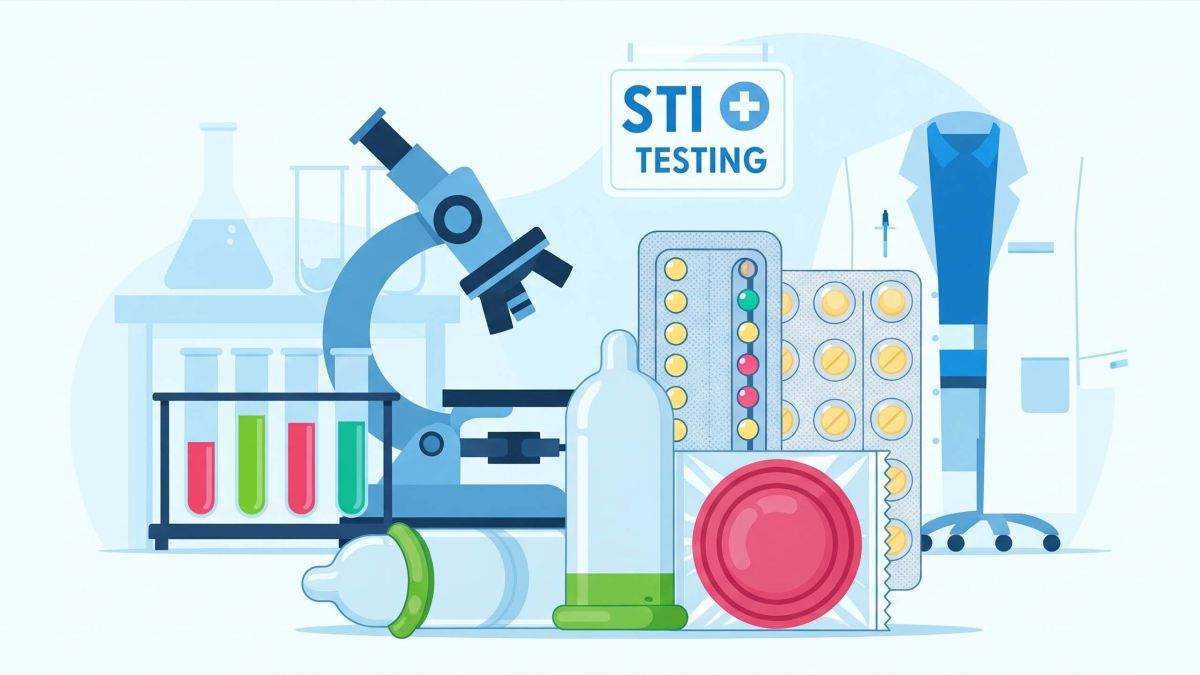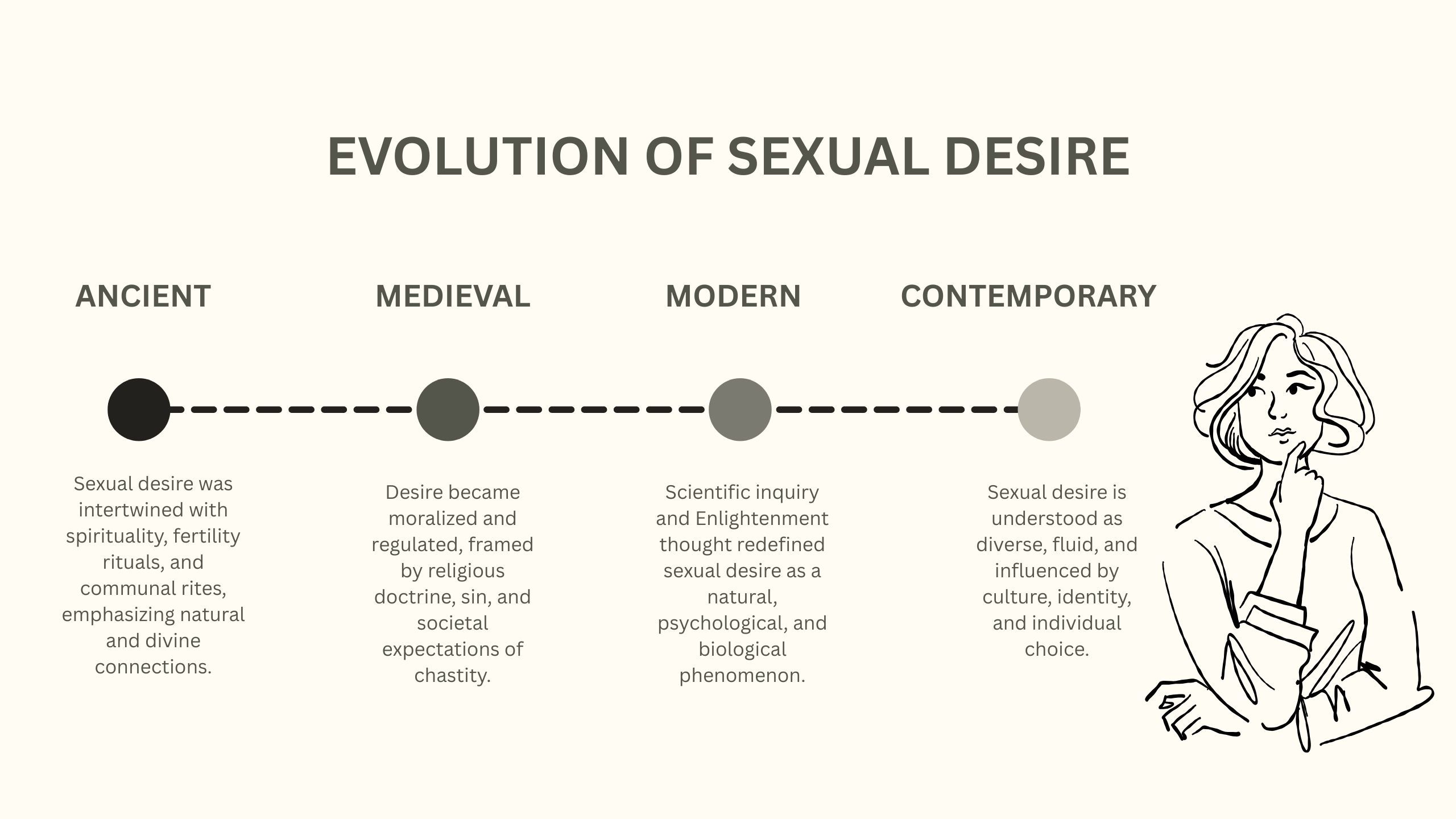Safe Sex Essentials: A Comprehensive Guide to Protection and Prevention

Page 2 of 2
Prevention Strategies: Guarding Against STIs
While contraception handles pregnancy, STI prevention requires additional steps. The Centers for Disease Control and Prevention (CDC) emphasizes consistent condom use, vaccination, and reducing partners as core strategies.
- Condoms and Barriers: As mentioned, they block fluid exchange. Use them correctly—check expiration dates, use lube to prevent tears.
- Vaccination: Get shots for HPV (prevents warts and cancers), hepatitis B, and hepatitis A if at risk. The CDC recommends HPV vaccination for preteens but catch-up doses up to age 26 or older in some cases.
- Pre-Exposure Prophylaxis (PrEP): Daily pills or injections reduce HIV risk by 99% for those at higher exposure. Post-exposure prophylaxis (PEP) is for emergencies.
- Limiting Partners and Mutual Testing: Fewer partners lowers risk. It's common and reasonable for anyone—man or woman—to ask a new partner to get tested for STIs before having sex. This can be set as a straightforward prerequisite, much like discussing contraception preferences. For example, you might say, "Before we take things further, I'd like us both to get recent STI tests to make sure we're on the same page." Many people view this as a standard part of building trust with someone new, and it helps ensure both parties start with clear information. Results can be shared mutually, and free or low-cost testing is available at clinics.
Emerging options like doxycycline post-exposure prophylaxis (doxy-PEP) show promise for bacterial STIs, but consult a doctor.
Testing and Health Check-Ups: Staying Ahead
Regular testing catches issues early. The CDC advises annual screening for chlamydia and gonorrhea in sexually active women under 25, and HIV for all adults. Men who have sex with men or those with multiple partners may need more frequent tests.
Home tests are available for some STIs, but clinic visits ensure accuracy. If positive, treatments like antibiotics cure many bacterial infections. Notify partners anonymously if needed through services like those from health departments.
Communication and Consent: Building Trust
Safe sex starts with conversation. Talk about boundaries, STI history, and protection preferences openly. Including a request for recent STI testing as a normal step with new partners fits right into these discussions—it shows care for each other's health without making assumptions. Consent means enthusiastic agreement every time—it's ongoing and can be withdrawn.
Relatable scenarios: If you're nervous, start with "I want us both to feel comfortable—what are your thoughts on testing?" This builds mutual respect and reduces anxiety.
Busting Common Myths
Misinformation can lead to mistakes. Here are facts to set the record straight:
- Myth: You can't get STIs from oral sex.
Fact: Infections like herpes, gonorrhea, and syphilis can transmit this way. - Myth: Pulling out prevents pregnancy and STIs.
Fact: Pre-ejaculate can contain sperm and viruses; it's unreliable. - Myth: Doubling up on condoms is safer.
Fact: It increases friction and breakage risk. - Myth: Showers or douching after sex prevents issues.
Fact: They don't remove sperm or pathogens effectively and can disrupt natural balances. - Myth: You can tell if someone has an STI by looking.
Fact: Many are asymptomatic.
Wrapping Up: Steps Toward Confidence
Safe sex combines knowledge, tools, and habits for protection, prevention, and peace of mind. Start by assessing your risks, choosing suitable methods, and scheduling check-ups. Resources like the CDC or local clinics offer free or low-cost services. Remember, everyone's situation is unique—what matters is making choices that align with your life. With these practices, intimacy can be enjoyable and worry-free. If questions arise, reach out to a trusted healthcare provider for personalized advice.
Safe Sex Q&A
What is the most effective way to prevent both pregnancy and STIs?
Using condoms consistently and correctly, combined with another form of contraception if needed, provides dual protection.
How often should I get tested for STIs?
The CDC recommends annual testing for sexually active individuals under 25, or more frequently if at higher risk, such as with multiple partners.
Can birth control pills protect against STIs?
No, hormonal methods like pills do not prevent STIs; they only help prevent pregnancy.
What should I do if a condom breaks?
Seek emergency contraception within 72-120 hours to prevent pregnancy, and get tested for STIs.
Is it normal to feel nervous talking about STI testing with a partner?
Yes, but starting with "I care about our health—let's get tested together" can make it easier and build trust.
What myths about safe sex are common?
Myths include believing oral sex can't transmit STIs or that pulling out is reliable—both are false.
How can I access free or low-cost sexual health services?
Check resources like the CDC website, local clinics, or Planned Parenthood for affordable testing and contraception.
Disclaimer: The articles and information provided by the Vagina Institute are for informational and educational purposes only. This content is not intended to be a substitute for professional medical advice, diagnosis, or treatment. Always seek the advice of your physician or another qualified health provider with any questions you may have regarding a medical condition.


 English
English  Deutsch
Deutsch  Español
Español  Français
Français 




